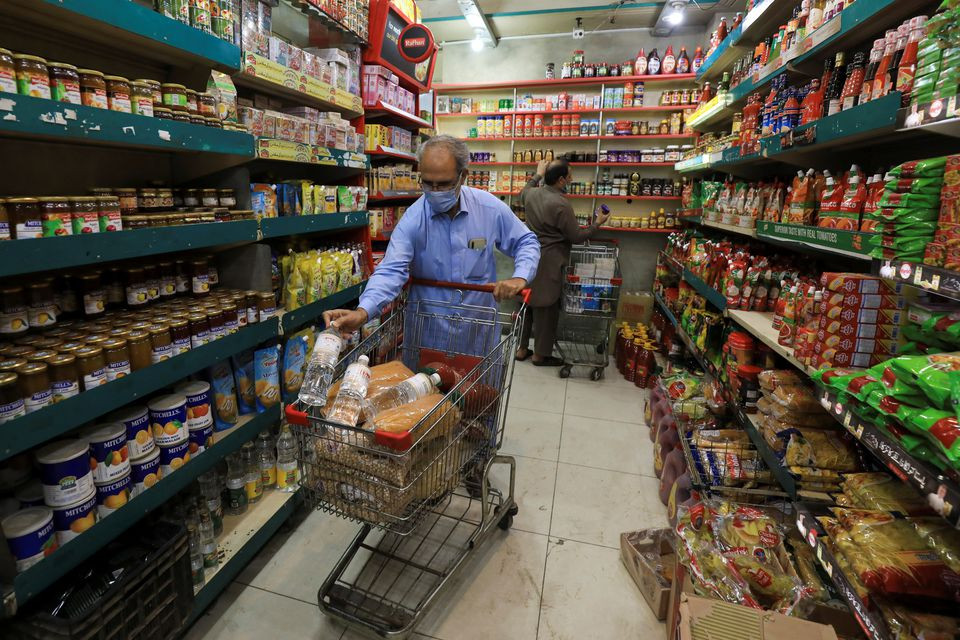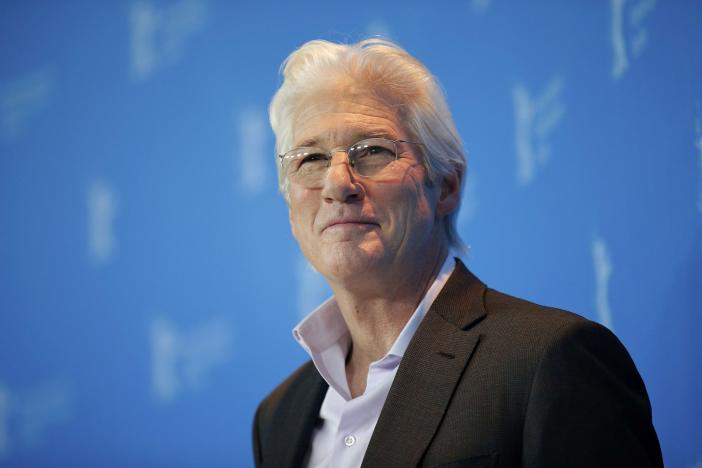
Inflation is one of the most important macroeconomic phenomena these days.
Globally speaking, inflation has peaked in almost all economies due to supply disruptions with the Consumer Price Index (CPI) at historic highs in the US and UK.
Pakistan is also facing the inflation challenge. Inflation control is one of the two main economic priorities of the government along with maintaining balance of payments equilibrium.
Therefore, it is of prime importance to understand inflation, especially in the context of Pakistan.
Broadly speaking, there are three main types of inflation which include demand-pull inflation, cost-push inflation and monetary inflation.
Demand-pull inflation occurs when aggregate demand in the economy outstrips aggregate supply. In this process, too many buyers chase too few goods. This leads to a rise in prices.
Generally speaking, this form of inflation is a byproduct of economic growth and is generally considered good up to a certain level.
It is also largely reversible. Prices stabilise as supply catches up with demand. Expenditure-dampening policies can be successfully applied in the short run to stop the economy from overheating.
As supply catches up on the back of profit motive for businesses, the policy measures are gradually neutralised.
Cost-push inflation occurs when the cost of business increases in the form of higher energy prices, higher raw material prices and rising wages.
Due to the rising costs, the aggregate supply retreats and again many buyers end up chasing fewer goods. This again leads to a rise in prices.
This form of inflation is difficult to reverse as it creates an inflationary spiral. Furthermore, this inflation will only subside with a rise in aggregate supply in the economy, which is generally a time-consuming process.
In the short term, expenditure-dampening policies are used to cater to this type of inflation, but it rarely has an impact on aggregate supply.
Inflation may fall slightly due to demand compression. As opposed to the demand-pull inflation, in this case there is very little profit motive for businesses to increase aggregate supply.
The third and most difficult form of inflation occurs when money supply increases in the economy at a rate much higher than the gross domestic product (GDP).
This is irreversible inflation and is the most difficult to handle. It reduces the value of currency. Too many currency notes end up chasing too few goods.
In an IMF working paper – “Central Bank Credit to the Government: What Can We Learn from International Practices?” – this issue is discussed in detail.
It is a key finding of this paper that government borrowing from the central bank, which increases money supply, is the most chronic source of inflation.
This not only puts upward pressure on inflation, but also leads to exchange rate depreciation, giving birth to an inflationary spiral that keeps on feeding itself.
It is highlighted that in the developed economies, there is strictly no or very limited government borrowing from the central bank whereas in the emerging and developing economies, it is a very common practice.
The primary reason for this is a weak and fluctuating tax base and limited sources of revenue for the government.
Let’s now examine the empirical data in Pakistan.
For almost last 9-10 years, the money supply (broad money – M2) has exhibited a compound annual growth rate (CAGR) of 14% whereas GDP at current prices increased only 9%.
This means that too much money is chasing too few goods and this is the main and most chronic cause of inflation.
In the current scenario, government borrowing from the central bank will be restricted. This at least theoretically is a good omen for the economy as it should have a positive impact on inflation as money supply would remain suppressed.
Furthermore, it could also have a positive impact on the other most important priority, which is stable exchange rate.
Coupled with this measure is the improved fiscal performance of the government. The government is eying tax collection to the tune of Rs6 trillion this year, which may reduce the requirement of central bank borrowing.
Now, the government may resort to borrowing from commercial banks. The negative side effect of this activity would be crowding out of finances for the private sector.
Although private sector advances are already subdued with banks cashing in on government securities, historically a lucrative avenue of safe investment, it is still unclear as to how much deprivation would the private sector face due to the crowding-out effect. All in all, the policy of restricting government borrowing from the central bank is anti-inflationary. It is also expected to support a stable exchange rate and both of these things are the need of the hour.
The writer is a banker and teaches economics
Published in The Express Tribune, January 31st, 2022.
Like Business on Facebook, follow @TribuneBiz on Twitter to stay informed and join in the conversation.


1732271743-0/diddy-(45)1732271743-0-165x106.webp)















COMMENTS (1)
Comments are moderated and generally will be posted if they are on-topic and not abusive.
For more information, please see our Comments FAQ